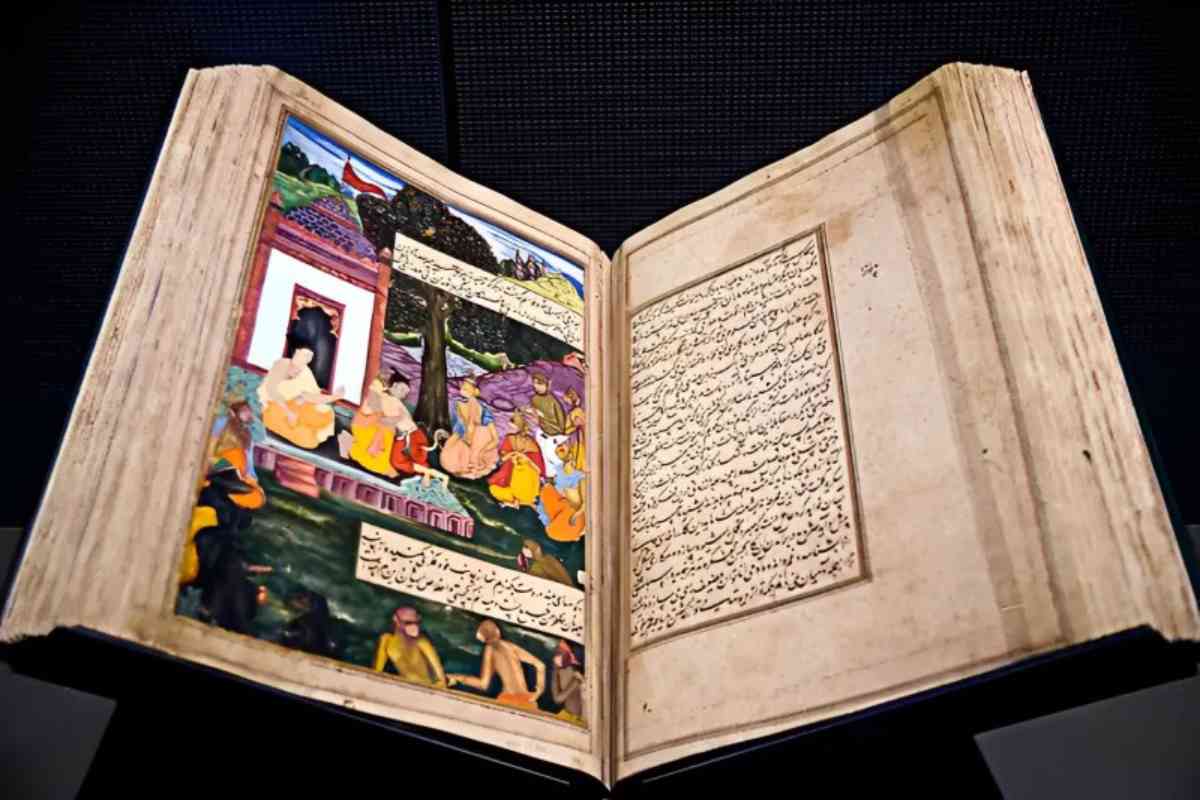Lord Shri Ram, a revered figure in Hinduism, has transcended religious boundaries, garnering admiration from Muslims across generations. Beyond being a sacred figure for Hindus, his significance extends to Muslims, fostering a cultural tapestry of shared reverence. Historical contributions, poetic tributes, and the widespread dissemination of the epic Ramayana exemplify this unique interfaith connection.
Historical Translation Efforts:
Muslims played a pivotal role in making the Ramayana accessible globally. Muslims undertook the first translations from Sanskrit into Persian and Urdu. Mughal ruler Jalaluddin Muhammad Akbar initiated this effort, commissioning Maulana Abdul Qadir Badayuni to translate it into Persian. The translations democratized access to the epic, moving it beyond the confines of the elite.
Poetic Homage from Muslim Scholars:
Eminent Islamic scholars like Allama Iqbal and Maulana Zafar Ali Khan penned poetic tributes to Lord Shri Ram, demonstrating a deep connection between Islamic and Hindu narratives. Allama Iqbal’s ” Ram ” poem and contributions from Maulana Zafar Ali Khan showcase the harmony between the two faiths.
Continued Cultural Integration:
The Ramayana’s popularity extends beyond India, notably in Indonesia, where a predominantly Muslim population embraces the longest-running Ramlila. Indonesian Muslims preserve and celebrate the Ramayana as an integral part of their cultural heritage. This acceptance stems from the narrative’s introduction by Indian traders, with Hinduism and Buddhism preceding the arrival of Islam in the region.
Indonesia: A Model of Harmony:
In Indonesia, where 95% of the population practices Islam, Lord Shri Ram is an essential cultural figure. Despite being a minority, Hindus in Indonesia, comprising less than 2%, coexist harmoniously with the Muslim majority. This exemplifies a unique blend of religious diversity, where the Ramayana is embraced as part of the collective heritage.
Conclusion:
The narrative of Lord Shri Ram, as presented in the Ramayana, serves as a bridge between Hindu and Muslim communities. The historical translations, poetic tributes, and continued cultural integration exemplify the harmonious coexistence and shared cultural heritage that transcends religious differences in the spirit of unity.
For a detailed story, please visit: Awaz the voice
Also Read: Embracing Eternity: The Heartfelt Story of the Mini Taj Mahal in Guwahati, Assam
You can connect with DNN24 on Facebook, Twitter, and Instagram and subscribe to our YouTube channel.

